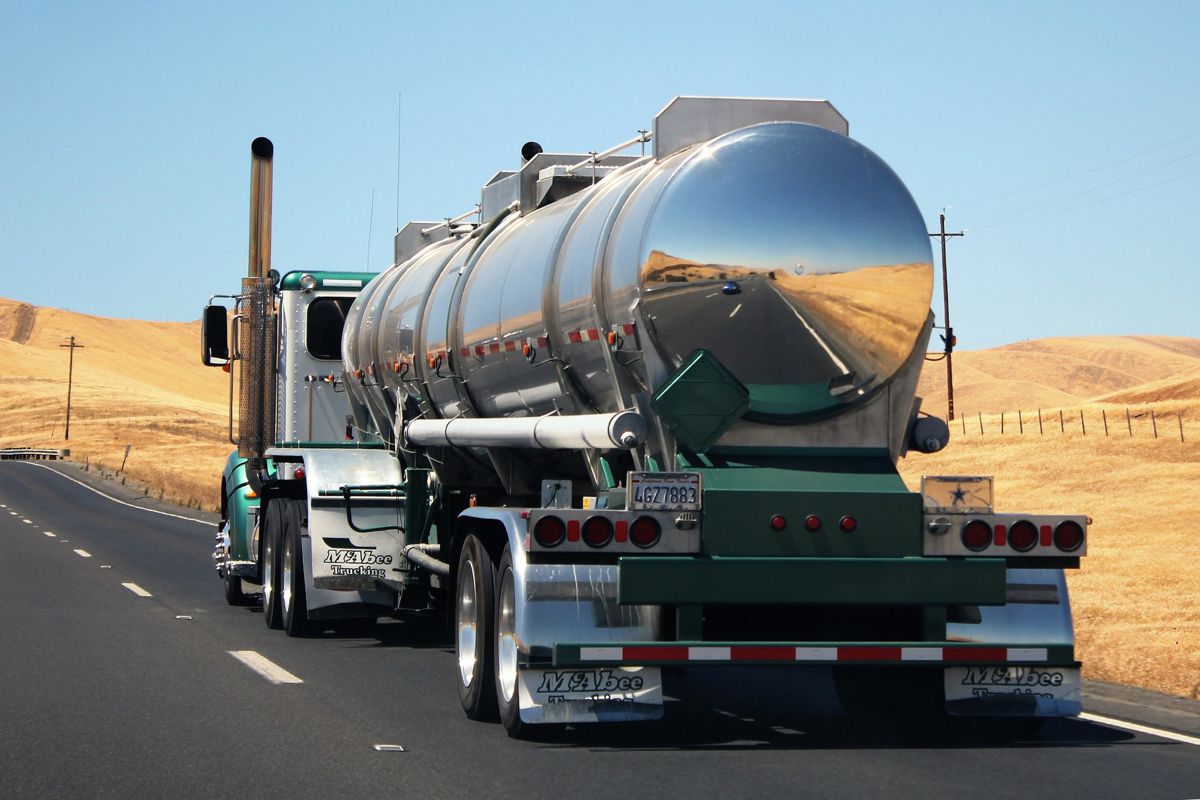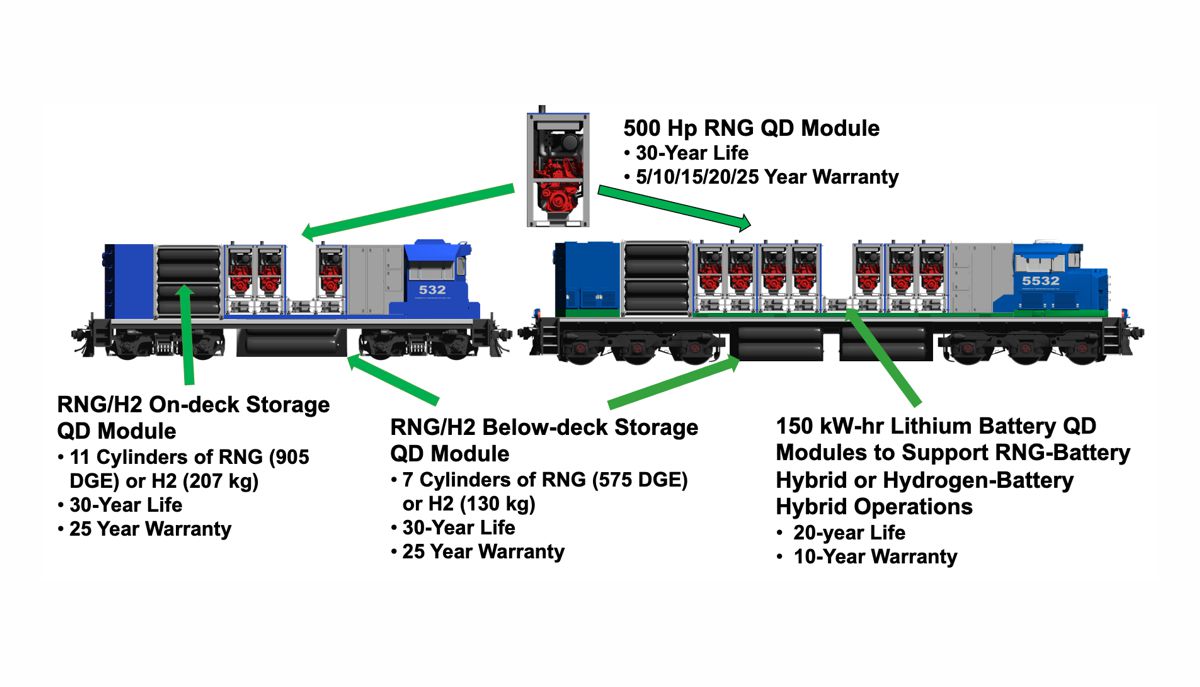Vehicle Diagnostics may be the cure to reduce Fleet Carbon Footprint
The takeaways from the Glasgow UN Climate Summit have never been clearer – drastic changes are imperative in industries of every kind if we are to mitigate the growing challenges of climate change.
The transportation industry is clearly no exception: Indeed, OEMs and trucking fleet owners are taking unprecedented strides towards making fleets greener and will likely continue to do so as an influx of emission regulations take hold. Nevertheless, largescale electrification still remains a long way off – the most generous estimates only predict a 38% share of electric trucks in the U.S. market by 2035.
To quote famed folk-rocker Stephen Stills – “if you can’t be with the one you love, love the one you’re with” – so too must trucking industry leaders strive to optimize the vehicles they already have for sustainability, rather than count on a total electric transformation of their fleets.
Truth is, the ability to identify and address the inefficiencies or malfunctions that contribute to vehicle emissions – known as vehicle diagnostics – already exists today. Indeed, vehicle diagnostics may just hold the most readily available solution for shrinking the carbon footprint of those vehicles currently in-use. Here’s why and how fleet owners and OEMs should rethink diagnostic strategies as they head down the road towards a greener future.
Vehicle Inefficiencies are Carbon Catastrophes
Without proper maintenance, certain vehicle parts can have a direct, negative effect on a vehicle’s carbon footprint. For instance, every 1% decrease in tire pressure correlates to a 0.3% reduction in fuel economy. That may seem negligible in the case of a single vehicle. Compounded throughout a fleet, the efficiency loss is staggering – given that 1-in-5 vehicles operate with one or more underinflated tires, according to the North American Council for Freight Efficiency.
Similarly, mass airflow sensor (MAF) complications have a significantly adverse impact on fuel economy. Repairs to MAFs made up 4.51% of total vehicle repairs in 2020. In other words, at least 1-in-25 vehicles are generating a larger carbon footprint than necessary.
The EPA estimates that 29% of carbon emissions in the United States come from transportation, due to its reliance on fossil fuels. Accordingly, reducing unnecessary fossil fuel usage in the transportation industry will certainly have a significant impact on overall greenhouse gas emissions.
But “reducing unnecessary fuel usage” is easier said than done. And since frequent check-ups at service centres can be time-consuming and costly, how can fleets and OEMs make sure that their vehicle parts are all up-to-snuff?
Consistent, thorough analysis of individual vehicles can go a long way towards reducing the carbon footprint of the fleet overall.
Although the need for vehicle assessment has long been understood in the trucking industry, previous data analysis methodology assumed that a broader view of the fleet would paint the fullest picture of pain points and inefficiencies. In reality, a more granular approach is needed.
By only viewing the fleet en-masse, OEMs are confined to making educated guesses about which specific vehicles in a fleet are not operating at optimal efficiency. Alternatively, consistent data on individual vehicles allows singular issues to be addressed promptly – and can still, when necessary, be aggregated into a broader understanding of the fleet.
A Dash of Diagnostics is Worth a Gallon of Fuel
The environmental need for vehicle diagnostics should be reason enough to make the switch, but for OEMs and fleet owners, embracing vehicle diagnostics will also have a positive impact on their bottom lines.
Fuel prices fluctuate frequently, reaching a seven-year high in 2021. Accordingly, reducing fuel consumption allows for much more certainty in fleet owners’ and OEMs’ budgetary planning, even in the face of barrel uncertainty.
Yet another benefit of consistent vehicle diagnostics is that those same diagnostics which address carbon emission inefficiency can also detect potentially dangerous malfunctions or risky driver behaviour. For instance, if frequent “heavy braking” inputs are detected on a driver’s route, it may be time to send that driver for re-training before an accident or brake malfunction occurs.
When every part in every vehicle can contribute so drastically to the overall fuel economy, monitoring each part and process is crucial to understanding the carbon emission of a fleet as a whole and to addressing the overall industry’s environmental impact. That is why fleet owners and OEMs would do well to implement a stringent diagnostic regimen in their fleets – on the road to sustainability and profitability, the parts may be at least equal to, if not greater than, the sum of the whole.
Article by Erez Lorber, CEO of Questar.













